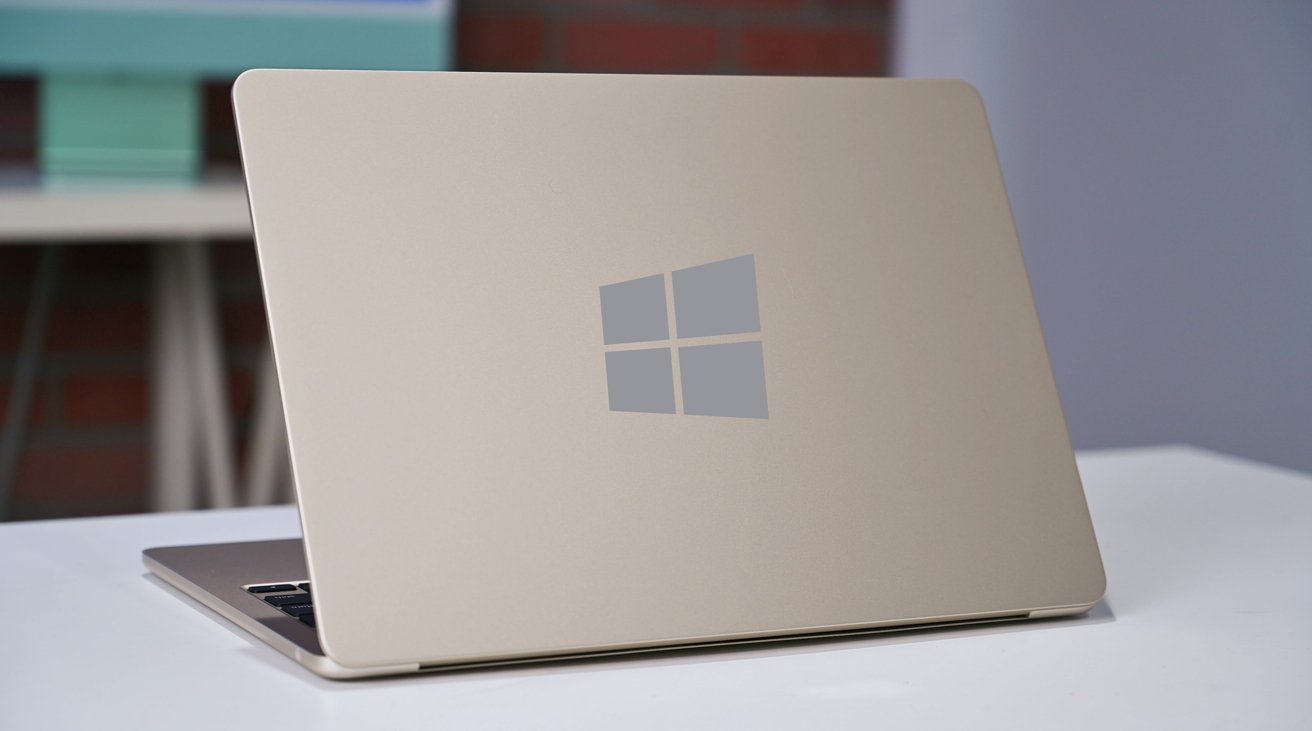New Parallels Desktop 19 arrives with Touch ID, macOS Sonoma support
Long-running Windows emulation app Parallels Desktop has been updated to adopt Apple technologies such as Touch ID for login, and Mac dialog boxes.

You can get Windows onto an Apple Silicon MacBook Air.
Parallels Desktop lets Mac users run Windows, and Windows apps, directly in macOS. Previously, it's concentrated on improving its Windows support, and in February 2023 was officially approved by Microsoft to run Windows 11 on the Mac.
With Parallels Desktop 19, there are more improvements to the Windows elements, such as with Shared Printing via Internet Printing protocol. But the software now supports macOS Sonoma and has become a more Mac-like app because of it.
"For over 17 years, Parallels Desktop for Mac has been an essential tool for millions of users worldwide," Aleksandr Sursiakov, Sr. Director of Product Management for Parallels Desktop, "enabling them to run Windows applications and carry out testing and development with Windows, Linux, and macOS virtual machines."
"With the latest release, our talented engineering team has once again delivered impressive improvements for all user groups, based on their valuable feedback," continued Sursiakov. "Our aim is to ensure that users experience peace of mind when using our software, knowing that it incorporates the latest technologies and reflects the highest industry standards -- demonstrating our genuine care for Parallels users."
New features include "a richer experience enabled with dynamic resolution adjustments and familiar multitouch gestures with Trackpad support with macOS virtual machine (VM) on Mac with Apple Silicon."
Users with a secure Windows login and password can now use Touch ID to sign in, too. Trackpad support has been updated with "familiar multitouch gestures."
The app now "also adds native dialogs for easier interaction with the app," meaning that the dialog boxes will be more Mac-like and familiar.
Parallels Desktop 19 can also run CentOS 9 Steam on Apple Silicon Macs.
The newly updated app can be bought on the official Parallels site, or via authorized resellers. It's available as an annual subscription, starting at $99.99.
Read on AppleInsider

Comments
Secondly this writeup completely misses the most important new feature which is use of Rosetta inside Linux virtual machines, including docker containers, is now enabled.
My renewal just went through. I have to make sure I've got the update.
- Free can't encrypt VMs
- Free you can't customise the virtual network connection
- Free can't connect as a client to VMware's enterprise products.
The “Player” version of VMware Fusion, unlike the Windows “Player” product version, has the same feature set as the standard version of Fusion, including snapshots. The only limitation is that it’s limited to non-commercial use only. There is also a paid Fusion Pro version that has additional features.
If you prefer Parallels to VMware Fusion, and if you qualify for the free version (honor system), it costs you nothing other than your time to give VMware Fusion Player a look. I previously paid the upgrade price for the inevitable Fusion yearly upgrade linked to every new macOS version, but since I was using it for personal use I was able to move to VMware Fusion Player with zero loss of functionality and no longer have to pay the upgrade price.
So why use Parallels? Well, Fusion Player worked out great for me because I was already invested in VMware on both the Mac and PC. If you are invested in Parallels and if it’s working out for you the yearly upgrade cost is probably still well worth it, especially if you rely on it for your business or personal productivity. It’s a great product with a great support team behind it. You know that you’re getting a product that has a dedicated team behind it.
VMware Fusion is an outstanding product, but if they are able to give it away for free to a lot of users they are likely making the majority of their money on other parts of their business to be able to afford to offer it for free. While I have never had a situation that made me think VMware wasn’t completely dedicated to supporting and continuing support for Fusion or Fusion Player, common sense tells me that if their business ever has to cut back to reduce costs, their products that have no direct contribution to sales numbers are most at risk of being abandoned. This may be overly simplistic, but it’s reasonable.